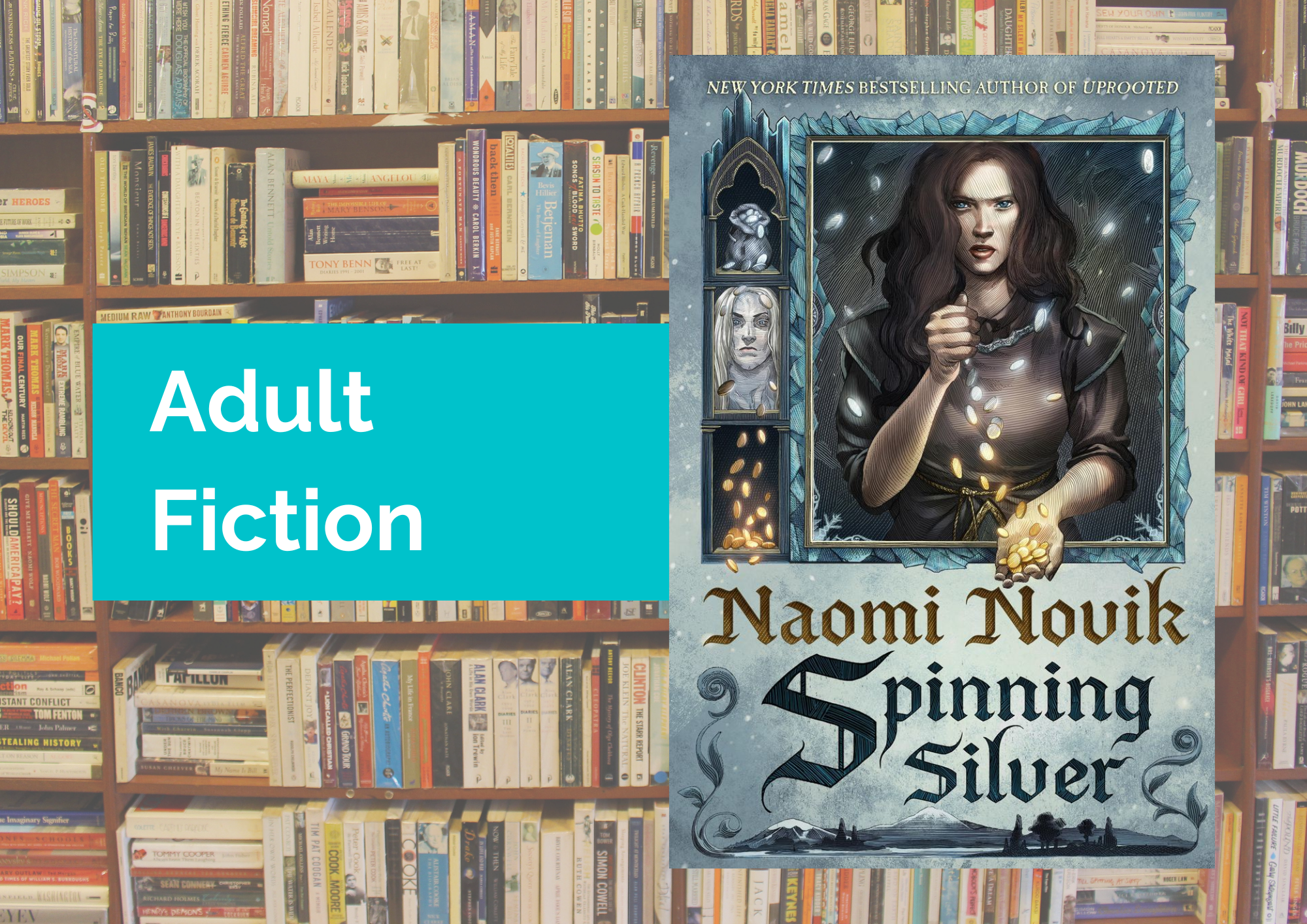
Author: Alain de Botton
Review by: Richie, Naas LibraryÂ
With so much home-schooling taking place around the country it might be refreshing for some parents to hear about a school that prioritises the subject of ‘Life’ over Maths, Science, Geography and all the rest. The School of Life is an educational organisation run by a group of psychologists, philosophers, and writers with the aim of providing people with self-development. The School of Life: An Emotional Education is an anthology of their collected writings over a ten-year period.
This book begins with a somewhat sniping introduction by the philosopher Alain de Botton, one of the groups founding members. de Botton bemoans both the current educational system and wider society for prioritising scientific and technical subjects over psychological and emotional ones. He observes that “much anxiety surrounds the question of how good the next generation will be at maths; very little around their abilities at marriage or kindnessâ€.
de Botton also has a bone to pick with the Romantic movement of the late eighteenth century, claiming that Romanticism has unduly influenced our view of emotions and how we deal with them, all culminating in a mass tendency for people to spontaneously act on their feelings without applying reason, logic, or wisdom. Our propensity to live with a ‘heart over head’ outlook has resulted in a deficit in emotional intelligence which schools and society do little to correct.
Hence, the aim here is to equip the reader with improved emotional intelligence, i.e. “the ability to introspect and communicate, to read the moods of others, to relate with patience, charity and imagination to the less edifying moments of those around themâ€. According to de Botton and his colleagues, we all need to enrol for the emotional intelligence lessons we missed out on during those school-going years when we were too busy grappling with oxbow lakes, the Modh CoinnÃollachand Pythagoras’ theorem.
The authors divide their lesson plan into 5 chapters:
- Self – how we can better understand ourselves and our behaviour
- Others- how to achieve more effective and rewarding communications with those around us
- Relationships- how to build and maintain more rewarding relationships
- Work – how to derive meaning from work and balance our needs with those projected upon us
- Culture – what culture and the arts can teach us about ourselves.
At 295 pages this is not an overly long non-fiction book, but it is a heavy read that explores heavy topics. If you’re familiar with self-help books like Chicken Soup for the Soul, then consider this a richer, thicker, Fillet Steak for the soul. It is not a start to finish read, but more of a ‘dip in and out of’ book, which if you do decide to add to your bookshelf, will give you a feeling of reassurance in knowing it is there when needed. With each visit, you are 110 % guaranteed to learn, remember, or re-remember something about yourself. Sometimes this can be enlightening and inspirational, other times hard-hitting and awakening.
This book has many strengths. Packed with valuable information, the content is bolstered by real-life examples that are superior to your typical self-help book in which the examples are often generic and lazy, failing to truly resonate with the reader. A further strength is the authors’ grounding in reality. Nowhere in the book do they promise to fix, heal, or transform your life. Conversely, they openly acknowledge that life is as much about suffering as it is about happiness. It is also encouraging that the content is gleamed from a much broader range of psychological theories than your run-of-the-mill self-help book. And to boot, the cover is atypically stylish for a book categorised in the often gaudy-faced self-help range. In fairness, we do judge books by their covers.
Perhaps the authors’ greatest success is their persuasive allusion to the idea that people are not static entities; we can (and we need to) grow, develop, and mature emotionally as we age. This is an idea that is often underappreciated and under-utilised both in school and in life. As the authors point out, once school or college have finished, many of us stop learning and simply accept our educational lot.
At times, the authors do come across a little harsh with their views of society and the educational system. Many children now learn about topics like mindfulness and mental health in school; school is no longer just a place where you go to recite your ten-times-tables. Similarly, coverage of mental health issues has accelerated across society in recent years and this has greatly reduced mental health stigma. This is the type of progress that the authors claim our society is lacking.
However, the concept of emotional intelligence is an entirely different matter. Many people still believe, and many systems are still aligned to the idea that higher ‘intelligence’ equates to an ability for rote learning. It is safe to say that most of us are more in need of life-skills like emotional intelligence than an ability to distinguish between stalagmites and stalactites, or an ability to understand the elements of the periodic table.
One could raise questions around validity after reading this book. Apart from de Botton’s introduction, we do not know who is writing what; the chapters are not ascribed to any author and this gives the book a kind of freemasonry feel. There is a page that thanks contributors to the book, but apart from their names we know nothing else about them. That said, the book is layered with well-researched psychological material that undoubtedly does emanate from well-qualified practitioners…whoever they are.
Overall, this is an excellent book. It teaches the reader to understand what they are feeling, why they are feeling it, and what to do about it. It can be a valuable resource for everybody and anybody, and particularly for those with a thirst to broaden their horizons beyond the Modh CoinnÃollach and Pythagoras’ theorem. I definitely recommend it.
The School of Life: An Emotional Education is available to borrow from Bolinda Borrowbox in both ebook and audiobook format.







Leave a Reply